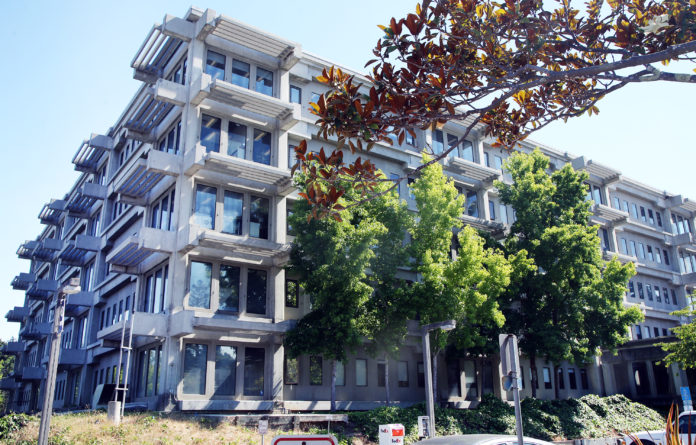Over the past year, Santa Cruz County has been doing something few communities have attempted: building one of the most rigorous, safety-focused battery storage ordinances in California and possibly the nation.
As renewable energy grows rapidly, we chose to slow down, listen to experts and residents, and create rules that ensure clean energy moves forward without compromising public safety.
Proactive Planning
In August 2024, the Board of Supervisors directed staff to develop a zoning ordinance governing where these facilities could be located and how they must operate. State law allows the California Energy Commission to override local zoning when a project is deemed necessary for statewide grid reliability. Without a local ordinance, Santa Cruz County would have had limited control over battery energy storage systems installations.
We chose instead to lead, setting clear expectations and keeping decision-making in our community.
A Transparent, Inclusive Process
From the beginning, this effort has been careful, data-driven, and community-centered.
Public outreach played a central role. The Commission on the Environment hosted workshops with national experts in battery technology, fire science, and renewable energy. I held numerous meetings with residents and hosted a well attended town hall where the public heard directly from local firefighters, planners, and safety specialists. These open and often challenging conversations led to meaningful improvements to the draft ordinance.
Multiple County departments worked together to examine every requirement. Planning, Environmental Health, the Office of Response, Recovery and Resilience, the fire marshal, county counsel and local fire districts all contributed expertise. Their collaboration produced a robust safety framework that further strengthened the draft ordinance after the January 2025 battery fire at the Vistra Power Plant in Moss Landing. That incident underscored the need for the safest technologies, strong design standards, and clear emergency response procedures from day one.
State Aligns with Local Efforts
This fall, Senator John Laird’s Clean Energy Safety Act of 2025 (SB 283) was signed into law, strengthening statewide requirements for BESS facilities. The law mandates compliance with the National Fire Protection Association (NFPA) 855 standard, coordination with local fire departments, and safety inspections before operation.
Santa Cruz County’s draft ordinance already incorporates these protections, demonstrating that our careful, community-driven approach aligns with the strongest state and national standards.
One of the Toughest Local Standards in California
The revised draft ordinance includes stringent location and facility requirements, including:
- 100-foot setbacks from property lines
- 1,000-foot setbacks from schools, hospitals, childcare centers, and residential care facilities
- Compliance with hazardous materials regulations
- Batteries housed in single-use structures, containers, or outdoors
- Limits on nickel manganese cobalt (NMC) battery chemistry
- Continuous audio/visual/air monitoring and alarms
- Compliance with fire and safety codes
- Large-scale fire testing and state-of-the-art safety evaluations
- Operator training before startup and annually thereafter
- Consultation with local fire districts before submittal
Applicants must also submit detailed technical reports addressing noise and electromagnetic fields, community benefits, geology and geotechnical conditions, environmental resources, smoke plume modeling and worst-case scenarios, baseline air and water conditions, fire risk and failure modes, emergency response procedures, and annual inspection and monitoring plans.
These standards reflect months of review and dozens of revisions grounded in the best available fire science, environmental data, and engineering.
Why Energy Storage Matters and Why Safety Matters More
Battery energy storage is essential to California’s clean energy transition. These facilities store excess solar and wind power and return it to the grid when demand peaks, especially at night. Without them, meeting climate goals and preventing blackouts becomes significantly harder.
But clean energy must be implemented responsibly. Santa Cruz County is already a leader in renewable adoption, with more than 2,600 home battery systems and tens of thousands of electric and hybrid vehicles on our roads. Our residents support clean energy—and they expect transparency, safeguards, and responsible planning.
The Next Steps
On Nov. 18 at 1:30pm, the Board of Supervisors will review the draft ordinance and provide direction. The public is welcome to attend the meeting.
It’s important to note that this ordinance is separate from the proposed Minto Road BESS project, which will be subject to a separate public process.
Setting the Standard for Responsible Leadership
Santa Cruz County is not waiting for Sacramento to dictate how energy storage should be managed. Instead, it’s setting a local standard, one that combines safety, local control with clean energy leadership, clear rules, and strong oversight.








